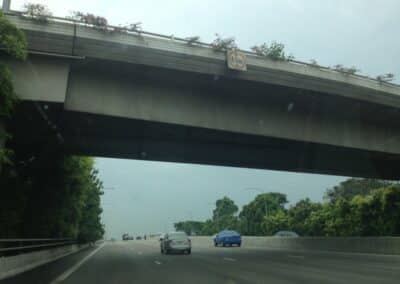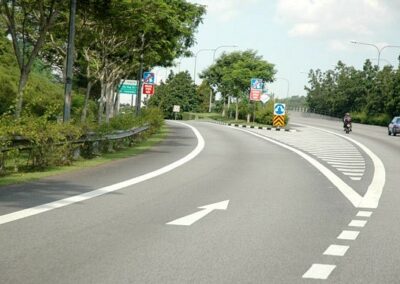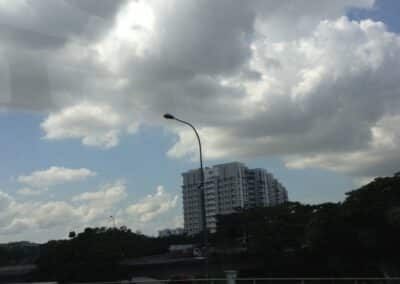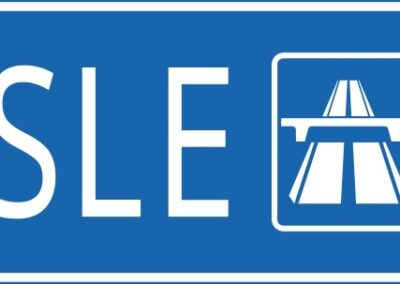Sengkang LRT Line
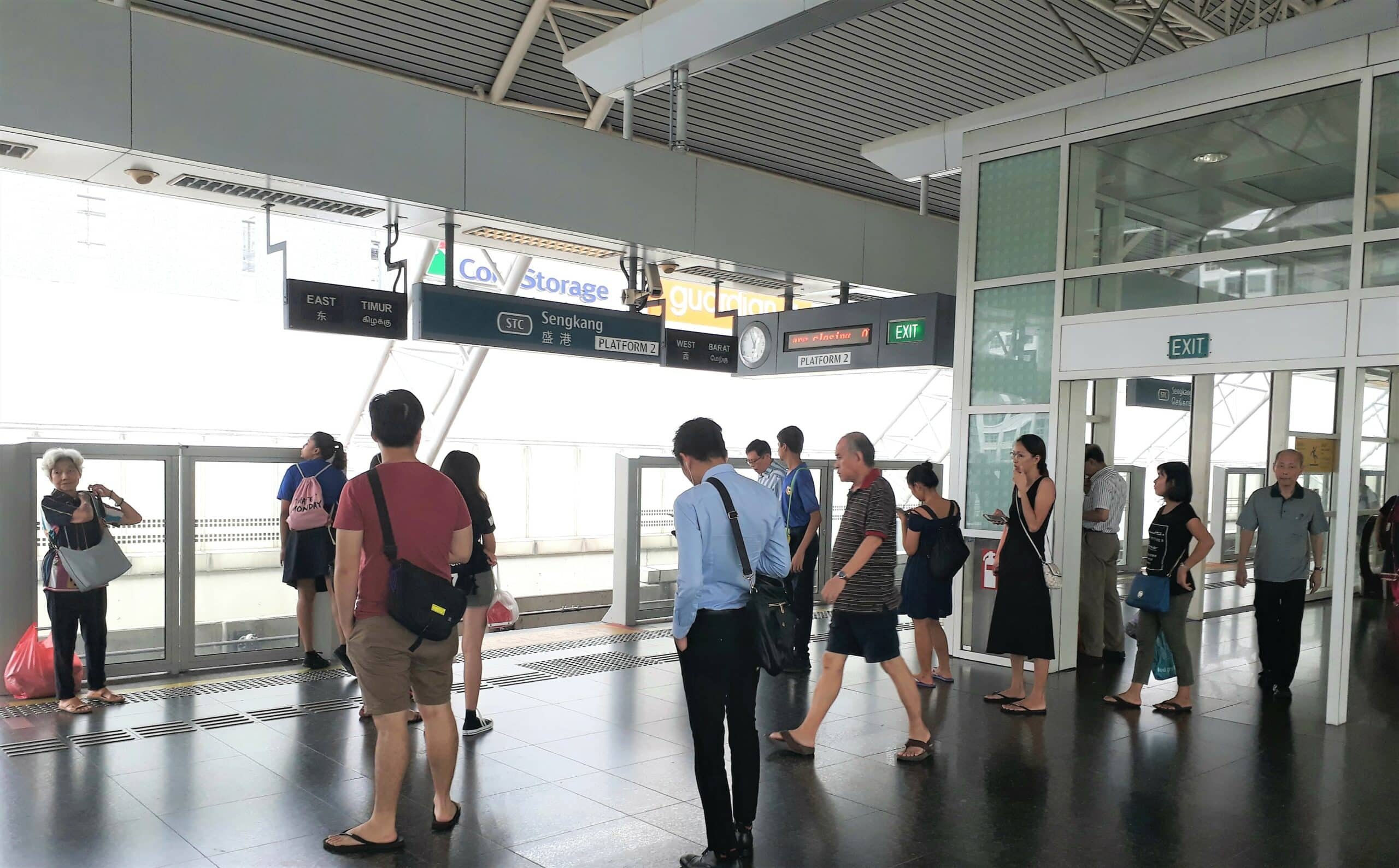
Everything you need to know about the Sengkang LRT Line
SBS Transit runs Sengkang Light Rail Transit (SKLRT), a light rail line that serves residential areas inside Sengkang New Town. The Bukit Panjang LRT is Singapore’s first LRT system, and the 10.7-kilometer network is its second. The Crystal Mover rolling stock, made by Mitsubishi Heavy Industries, is a rubber-tired automated people mover that runs in single-car and double-car configurations. The North-East Line can connect to both loops at Sengkang station in the town centre. LRT train services run in both circles and both directions. With stations located within the Sengkang neighbourhood, the Sengkang LRT Line gets created to bring the MRT network closer to people. The LRT runs the whole length of its route on elevated viaducts as a complement to the estate’s present trunk and feeder bus services.
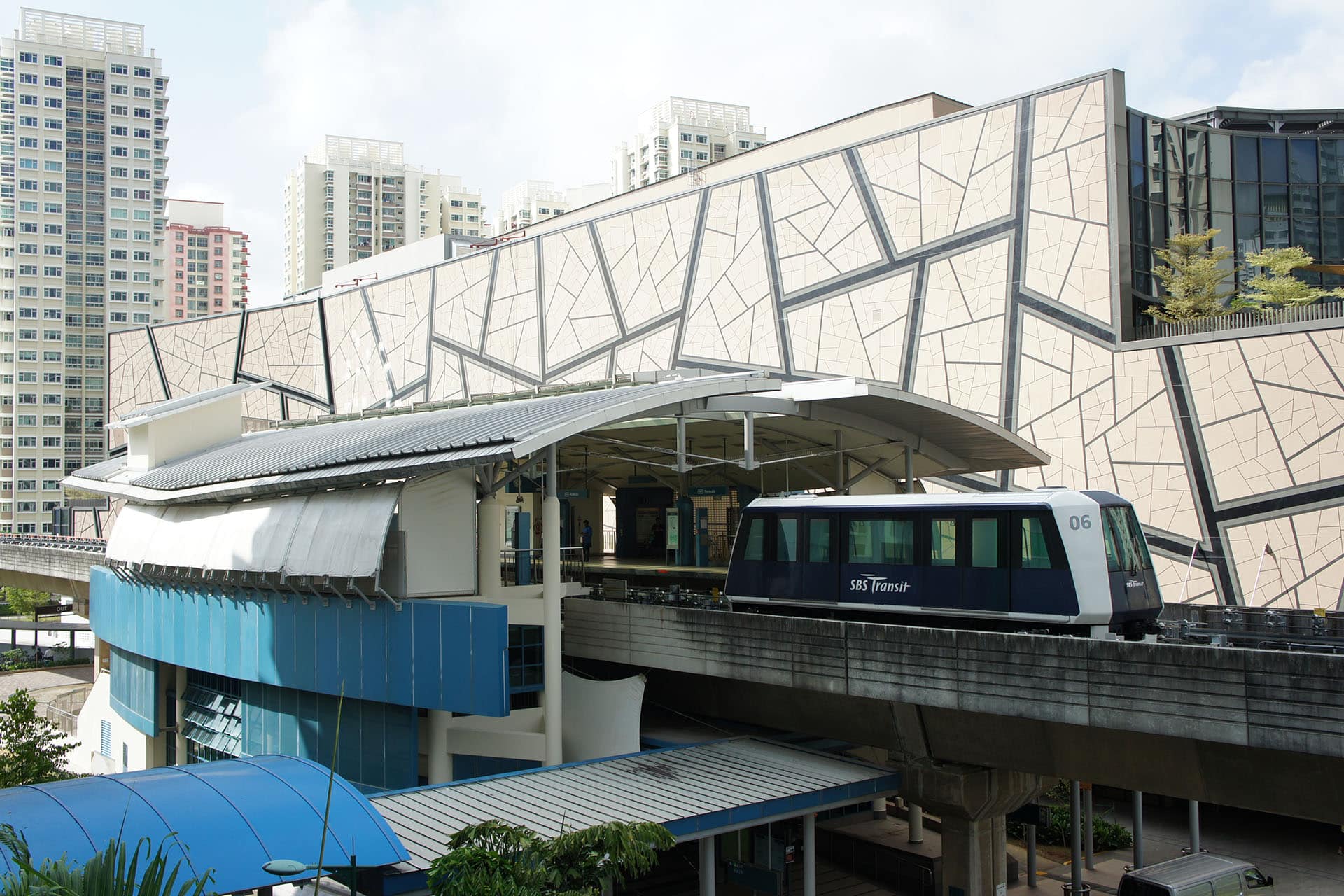
History:
When the Bukit Panjang LRT was inaugurated on November 6, 1999, by then-prime minister Goh Chok Tong, planning for the Sengkang LRT line had already begun. The East Loop and the West Loop’s construction started in January 2000. On May 20, 1999, Singapore Bus Service (now SBS Transit) received the Sengkang LRT line. On January 18, 2003, the East Loop, the first section of the line to open, did so. With the exclusion of Farmway, Cheng Lim, and Kupang stations, the West Loop started operating on January 29, 2005. Then, on November 15, 2007, January 1, 2013, and June 27, 2015, respectively, these three stations debuted.
Rolling Stock:
The rolling stock used by the Punggol LRT and Mitsubishi Heavy Industries Crystal Mover get also used by the Sengkang LRT. A total of 16 further train sets were supplied in 2016 under Contract 810A, with only minor exterior variations from its predecessor. The first 41 train sets, provided under Contract 810, started operation in 2003. At Sengkang Depot, where they are serviced and stabled, there is a service track that connects the Punggol and Sengkang LRT systems, allowing Punggol LRT trains to travel to and from the depot.Both single-car and double-car setups get used when they operate.
Train Services:
Four routes get used by the Sengkang LRT Line, which has two loops. The West Loop is traversed by Routes A and B in the clockwise and counterclockwise directions, respectively. The East Loop’s Routes C and D operate in the East Loop’s clockwise and counterclockwise directions, respectively. We would refer to them as inner or outer loops for communication. Similar to Singapore’s right-hand-drive traffic, trains move along the left. Shuttle buses will be made available in the case of a train stoppage.
Train control:
Under Automatic Train Operation (ATO) GoA 4, the route is fitted with a Kyosan APM fixed block signaling system for Automatic Train Control (ATC) (UTO). A computer-based interlocking (CBI) system guards against erroneous signal and track point settings, while automatic train protection (ATP) regulates train speed. Automatic train supervision (ATS) tracks and schedules trains.
You may also like
One Stop Solution For All Your Property Needs
[fluentform type=”conversational” id=”6″]












